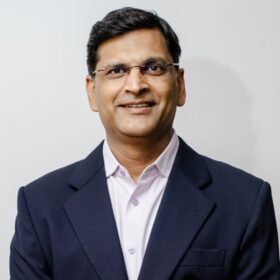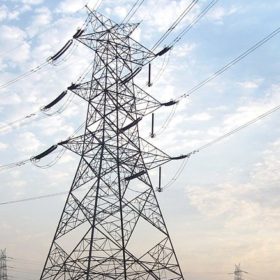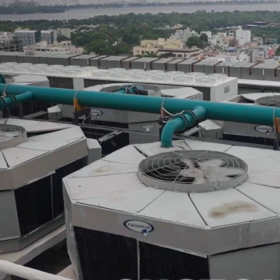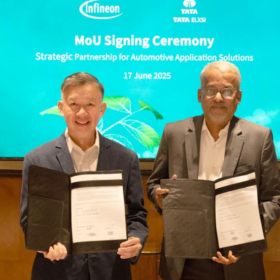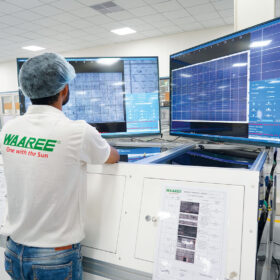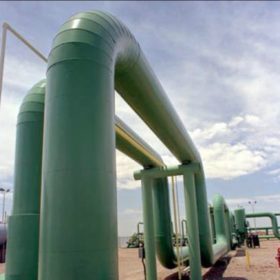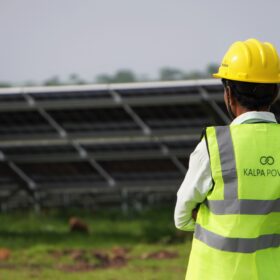AI for climate action: Can technology save us from the crisis?
A modern grid must balance growing demand from new sources like electric vehicles (EVs) with the intermittent supply from renewable sources like solar and wind power. AI-powered smart grids use sophisticated algorithms to forecast power demand and match it with fluctuating renewable generation in real time.
How India finally switched on its electricity derivatives market
The introduction of electricity futures (derivatives) marks a significant step forward in modernizing India’s power market. The benefits are numerous: it offers a strong mechanism for hedging against price fluctuations; promotes more transparent and competitive price discovery; and improves overall market efficiency
Why smart metering is the unsung hero of India’s solar push
At their core, smart meters are data engines. They provide utilities with visibility into how, when and where electricity is consumed. That granular knowledge allows grid operators to forecast demand more accurately, balance loads and absorb greater volumes of variable solar generation. Without it, the grid risks becoming brittle, prone to blackouts when clouds pass over solar farms or demand surges unexpectedly.
Waaree Renewable Technologies invests in Cooling-as-a-Service company Smart Joules
Waaree Renewable Technologies Ltd, the solar EPC arm of Waaree Energies, today announced a strategic investment in Smart Joules, India’s largest Cooling-as-a-Service (CaaS) and energy efficiency company.
Building 500 GW: Powering India’s clean energy transition and energy independence
India is already investing in energy storage solutions such as batteries and pumped storage to enable greater integration of renewable energy into the grid. However, this alone may not be sufficient. It’s time to also look at demand management to enable dovetail between renewable energy generation and demand.
How IPPs are revolutionizing India’s energy market
Independent power producers have captured a significant share of India’s clean energy capital, with projects often backed by substantial financing from institutions like the Indian Renewable Energy Development Agency (IREDA). Additionally, these have the ability to raise money in a cautious global market because of their capacity to lock up bankable power purchase agreements (PPAs), which provides financial predictability.
Navigating the ripple effects of renewable energy variability on grid stability
integrating variable renewable energy sources into conventional power systems requires a delicate balance of technology, operational excellence, and regulatory compliance. While AI and ML have become indispensable tools in the modern energy toolkit, they are most effective when paired with on-ground human insight and proactive asset management.
The role of advanced transformers in India’s green transition
Without resilient, responsive, and renewable-ready transformer networks, India’s decarbonization goals risk being destabilized by the very variability they aim to harness.
Tata Elxsi, Infineon partner to develop ready-to-deploy EV solutions
The partnership focuses on developing scalable battery management systems, bi-directional onboard chargers and other EV systems for two-wheelers, three-wheelers, passenger vehicles, and commercial vehicles in the Indian market.
From downtime to downgrade: The real economic impact of energy disruptions
Energy is not merely a utility for lighting and basic operations; it also functions as a critical instrument of geopolitical influence. When access to power is disrupted or strategically weaponized during times of conflict, the economic consequences can be severe and far-reaching.
